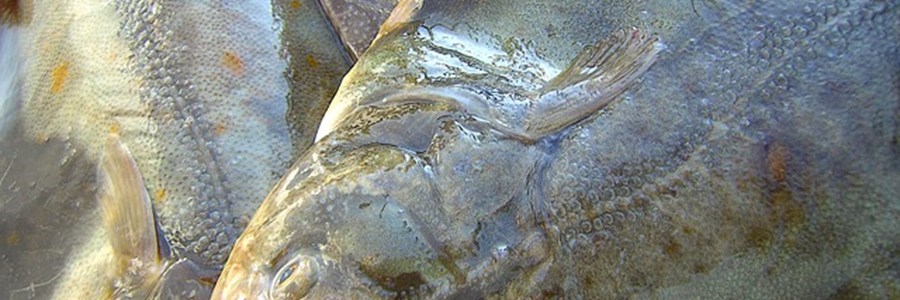Las posibilidades de pesca del mar Báltico: cuotas manejables pero el cierre será perjudiciales para las poblaciones

Los Ministros europeos de la pesca finalmente acordaron las posibilidades de pesca para 2016 para los diez poblaciones del Mar Báltico tras las conversaciones de ayer en Luxemburgo. Las cuotas fueron consentidas en el marco de la reforma de la Política Pesquera Común con el objetivo de llegar a tener todas las reservas de pesca a niveles sostenibles para el año 2020.
For the important pelagic stocks, herring sees an increase in some stocks but a sharp decrease of -24% in Bothnian sea herring to 120.872 tonnes. The plaice stock saw a modest increase of 18% when scientific advice states that a much higher figure of 114% would be in line with MSY management. The two stocks of Atlantic salmon saw a roll-over of last year's quota whilst sprat saw a disappointing decrease of -5% despite a good track record.
Managing Director of Europêche, Kathryn Stack said: "When the discard ban is fully implemented across all fisheries, our fishermen are anxious that TACs in the long term will not reflect stock development. We can already see from the plaice stock, which ICES state is in great shape, an increase of just 18%. Similarly, sprat sees a decrease in -5% when the stock is doing very well. These cuts come at a time when we are adapting to the discard ban and are just months away from a revision of all the technical rules, leaving practically no room for adjustment. Our aim is to see healthy stocks at abundant levels and decision-makers reaching a fair and realistic agreement for the Baltic plan, ensuring the sector can continue to be viable."
The decisions also see a cut in both stocks of Baltic cod by -20% to 41.143 tonnes for the Eastern stock and 12.720 for the Western stock. The Western stock has grown steadily over the years with many areas seeing record numbers in the last decade. Fishermen in this area have been working under the strict management plan and a cut in the quota will be seen as a blow to their hard work and commitment. On top of this, Member States agreed on several measures in the name of protecting the Western stock to accelerate its recovery, including a six-week fishing closure during the spawning period between mid-February and end-March 2016.
Stack explained: "The agreement to extend the fishing closures is problematic. While one closure should have a derogation for smaller vessels, the other is not based on any scientific reasoning since it does not even contain spawning grounds at that time of the year. It will be extremely detrimental to the coastal fishery and is essentially a slap in the face to fishermen. Not only will there be little benefit but it will be actually harmful to the stocks since it will displace effort from a good period with abundant stocks to vulnerable areas. We also hope that science will soon overcome its problems with the cod stock assessment in this area. For the western stock, we had 4 versions of advice this year and the eastern stock is still data-poor."
A multi-annual management plan for the Baltic Sea stocks of cod, herring and sprat is currently under negotiation. It would allow for the adaptation of fishing mortality and stock patterns when scientific advice improves and environmental conditions change but this plan is currently at a standstill.
Fisheries ministers will reach a decision on all other TACs at the Fisheries Council in December.
END
Europêche represents the fisheries sector in Europe. Currently, the Association comprises 13 national organisations of fishing enterprises from the following 9 EU Member States: DE, DK, ES, FR, IT, MT, NL, PL, UK.
Press contacts:
Daniel Voces, Policy Advisor for Europêche: +32 2 230 48 48 europeche@europeche.org
Sources: Europeche
Attachments:
Tags: Báltico, posibilidades de pesca de 2016, bacalao, consejo, ue, TAC, CIEM